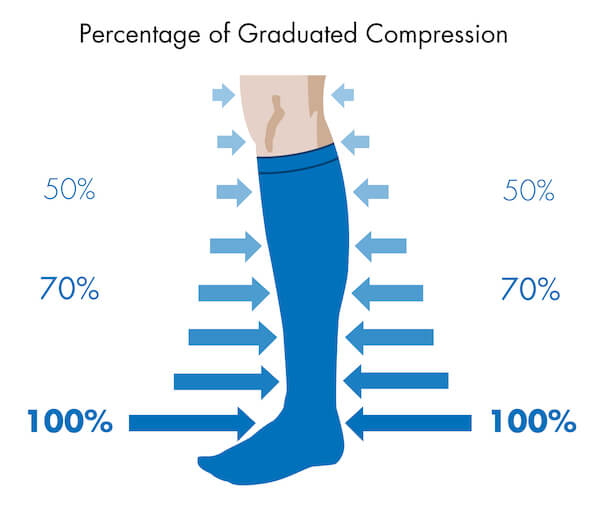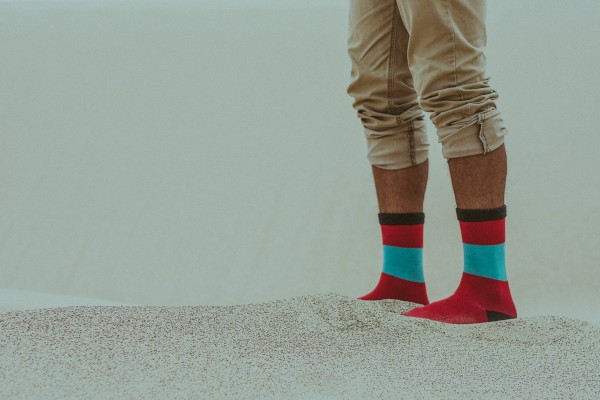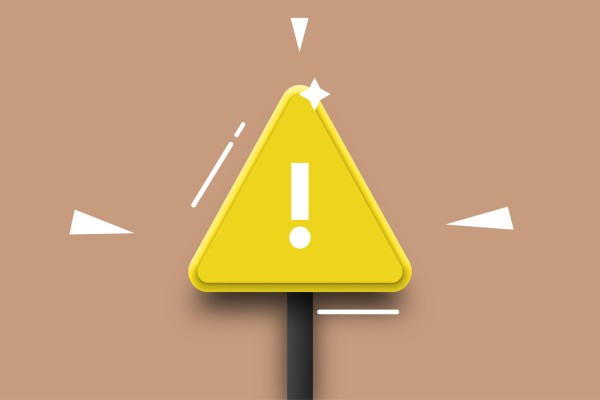If you or a family member have varicose veins or spider veins, you’ve probably heard of compression stockings. You may think compression stockings are merely really tight nylons, but they are in fact created with substantial and sophisticated biomedical engineering and can provide real benefits for sufferers of spider and varicose veins.
What Are Compression Stockings?
Compression stockings (also known as compression hosiery) are specialized medical devices that resemble large socks or stockings. These stockings may cover your foot, ankle, calf, and knee or extend as far as the top of the thigh. Compression stockings are available in different sizes and provide compression in various areas and to varying degrees. They also come in a variety of colors so that you can match your pants, shorts, dress or skirt.
How Do Compression Stockings Work?

Compression stockings apply external pressure on your leg veins. This external pressure reduces edema (swelling) in the legs and helps prevent blood from pooling in the leg veins. In turn, compression stockings can help improve your venous blood circulation. Compression stockings also reduce the pain and discomfort of varicose veins. Clinical studies have shown that long-term compression stocking use can reduce and treat venous skin ulcers.1 External pressure also helps improve the function of the valves in your veins that keep blood flowing. Venous ulcer healing rates as high as 97% have been reported in people who faithfully and routinely use compression stockings for varicose veins.2
Consider Compression Stockings Before You Have Vein Issues
There are many reasons to consider buying and wearing compression stockings even if you don’t have varicose veins or spider veins.
Those reasons include:
- a family history of varicose or spider veins
- a job that requires hours of standing
- issues with obesity or vein function
- legs that ache
- swollen legs
- history of blood clots
How Do I Get Compression Stockings?
Compression stockings are available by prescription. Ideally, a vein specialist prescribes compression stockings after careful history and evaluation. Some compression garments are appropriate for specific conditions while others are not. This prescription can be used at a medical equipment store. The medical equipment staff can fit you compression stocking to your leg to provide maximum comfort and effectiveness.
What Do Compression Stockings Cost?
Many health insurance plans will cover part or all of the cost of compression stockings, mainly if a vein specialist prescribed them. Compression stockings are covered under durable medical equipment benefits. You may need to submit the prescription or additional paperwork for reimbursement. You may also have to pay “out-of-pocket” for your compression stockings. Understand that investing in a pair of compression stockings could reduce your risk of vein issues or help you recover better from treatment for varicose or spider veins. It can also help prevent more invasive and painful varicose vein treatments.
How Do I Wear Compression Stockings?
You should have assistance the first time you put on compression stockings. Read the instructions carefully, because putting these incredibly tight socks on can sometimes prove challenging, especially for those with decreased manual strength and ability. A sock aid may help with the difficulty of compression socks. Keep in mind that there may be some pain the first time you wear compression stockings. Leg symptoms should go away by elevating your legs. If it does not, remove the hose and contact your vein specialist.
Can I Get Compression Stockings Without a Prescription?
Correct medical compression stockings are only available by prescription. However, similar items are available at pharmacies without a prescription. Some people try to make their compression stockings out of ACE bandages. Alternatives to compression are not advised as compression bandages can cause some types of vein disease (such as venous stasis) worse. The most prudent approach is to speak with a vein specialist before investing in any compression garment.
Medically reviewed by Dr. Susanne Woloson on 5-01-2020.
- O’Meara S, Cullum N, Nelson EA, Dumville JC. Compression of venous leg ulcers. Cochrane Database Syst Rev. Nov 14 2012;11:CD000265. doi:10.1002/14651858.CD000265.pub3
- Mayberry JC, Moneta GL, Taylor LM, Jr., Porter JM. Fifteen-year results of ambulatory compression therapy for chronic venous ulcers. Surgery. May 1991;109(5):575-581.
*Disclaimer: “We are a participant in the Amazon Services LLC Associates Program, an affiliate advertising program designed to provide a means for us to earn fees by linking to Amazon.com and affiliated sites.”
Read This Next
So your vein doctor has ordered compression stockings for you but are very difficult to put on. Thankfully there are a number of stock aids sold online. A sock aid can help...
Read MoreVarithena is a minimally invasive procedure designed to treat varicose veins by using prescription medicine injected in the form of a microfoam to close off a non-functioning...
Read MoreA Guide to Perforator Veins The venous system of the lower limbs consists primarily of deep and superficial veins but there is a system of veins that connect the two,...
Read MoreHave you visited a vein specialist recently? Did you get the feeling the doctor was pressuring you into getting vein treatment you don’t need? If so, I want to share some...
Read More




